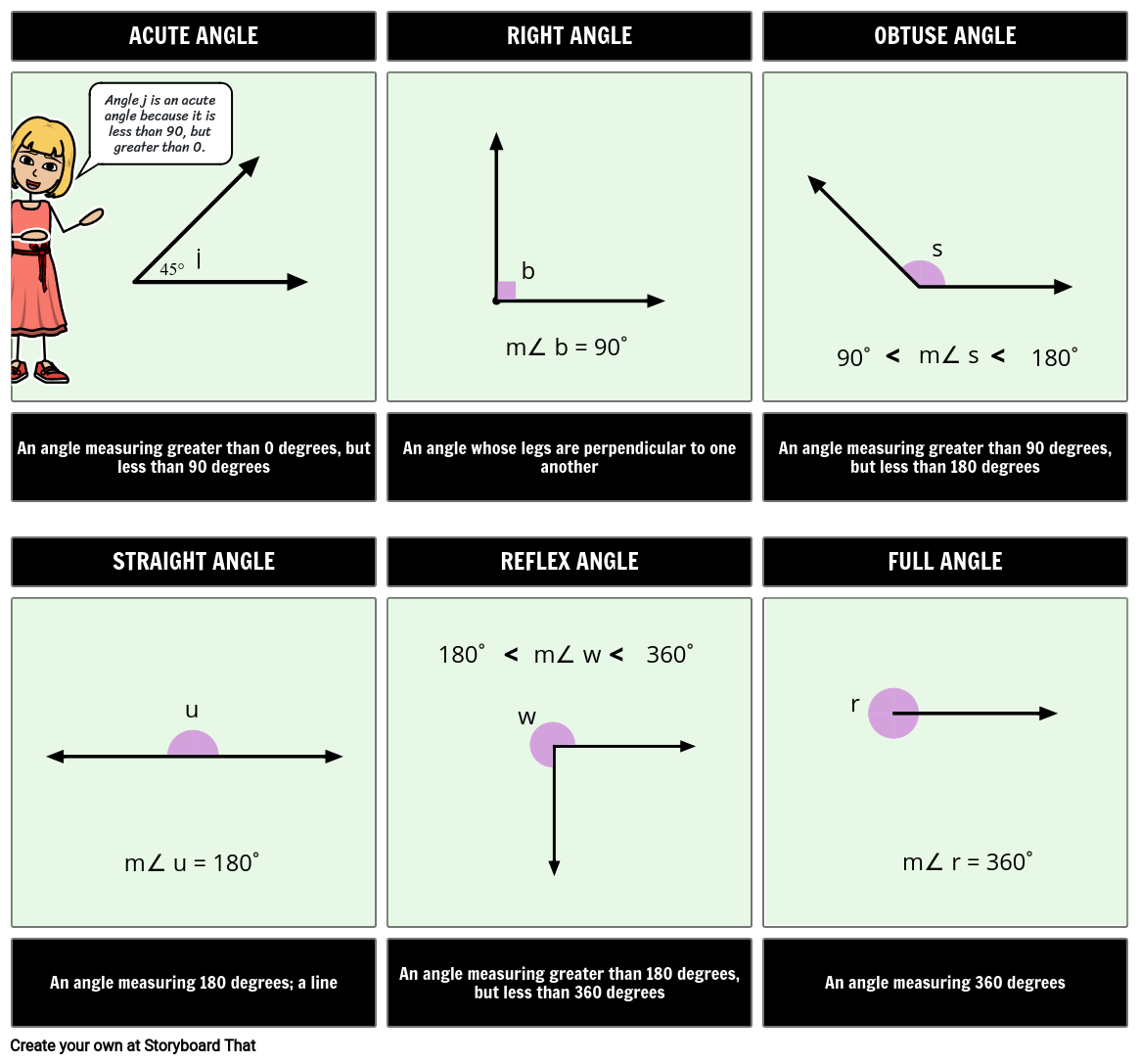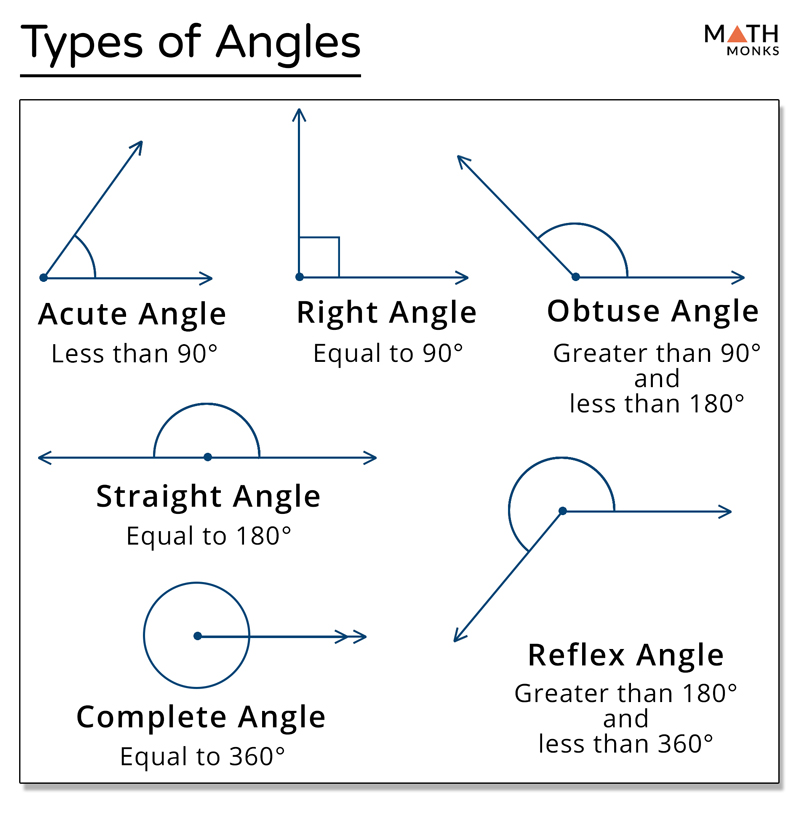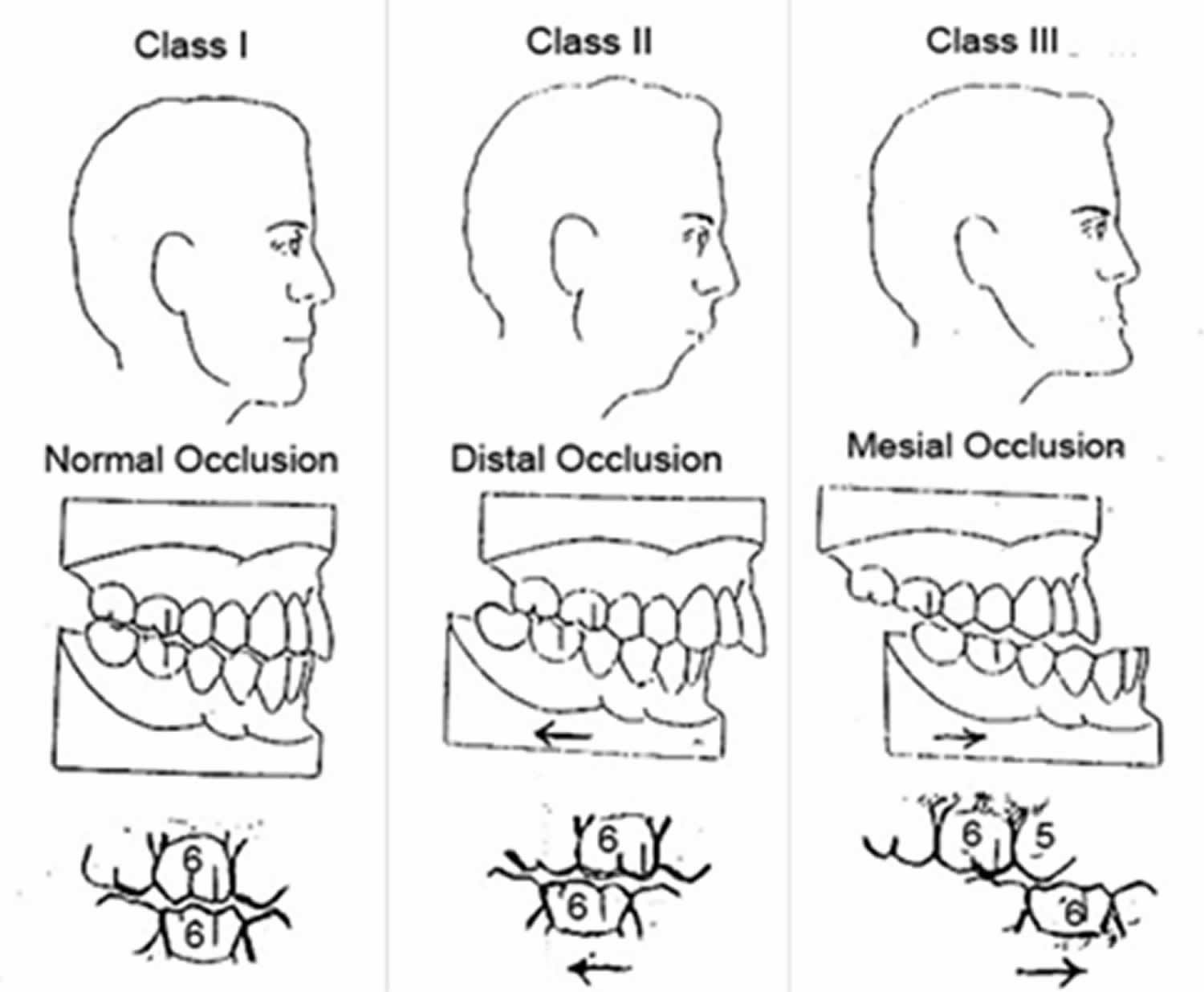
OCCLUSION YouTube
Angle's Classification There are a number of methods that can be used to classify malocclusions and one of these in Angle's Classification. This was developed by Edward Angle and is the first method that was developed to describe malocclusions. Definition
Angle's Classification. Download Scientific Diagram
1: Basics of Geometry 1.10: Classifying Angles

Classification d'angle des malocclusions en Orthodontie YouTube
Angle's classification Angle's classification: Class I Angle's classification: Class II, Division 1 Angle's classification: Class II, Division 2 Angle's classification: Class III Dynamic occlusion: lateral excursion Dynamic occlusion: canine guidance

Introducing Angles Types of Angles How to Use a Protractor
La classification d'Angle en orthodontie. La classification de E.H.Angle date de la fin du dix-neuvième siècle, elle est toujours utilisée par les orthodontistes bien qu'elle ait été complétée par d'autres moyens de diagnostic. Je ne suis pas un spécialiste en Orthopédie Dento Faciale, mais je peux vous résumer la classification d'Angle.

TYPES OF ANGLES/ CLASSIFICATION OF ANGLES YouTube
La classification d'Angle de l'occlusion Bien que datant du XIXème siècle, la classification d'Angle qui porte le nom de son concepteur est toujours utilisée par les orthodontistes. On y.

ANGLE’S CLASSIFICATION OF MALOCCLUSION DENTODONTICS
Classifying Angles. By looking at the protractor we measure angles from 0 ∘ to 180 ∘. Angles can be classified, or grouped, into four different categories. Straight Angle: When an angle measures 180 ∘. The angle measure of a straight line. The rays that form this angle are called opposite rays. Right Angle: When an angle measures 90 ∘.

Angle Definition and Types with Examples
What is dental occlusion? Dental occlusion refers to the way in which the teeth line up with each other as the jaw goes from open to closed. So malocclusion.

Types of Angles Acute, Obtuse, Straight, Right, Reflex Angles
Since 1907, the international community has used Angle's classification to assess the mesio-distal relationships of the dental arches. It is the basis of the diagnosis of malocclusion in the.

Bone apposition at the mandibular angle and grade classification... Download Scientific Diagram
Angle's classification revisited. Although it was quite flattering for a dim bulb like me to be characterized in the September 2007 AJO-DO article as among the "orthodontic luminaries," it is the thrust of the article that I wish to applaud (Snyder R, Jerrold L. Black, white, or gray: finding commonality on how orthodontists describe the.

Pin on I D pour la classe
Searches were completed using the term Angle's classification and Boolean Modifiers (AND) with the key terms: dental occlusion, dental occlusion centric, centric occlusion, centric relation, maximal intercuspation, MIP, intercuspal position, and edentulous patient, retrognathia, determination, and prognathia. Additional related articles were.

Angles Gambaran
Classification of angles on the basis of their degree measures are given below: Acute Angle: An angle whose measure is more than 0° but less than 90° is called an acute angle. Angles having magnitudes 30°, 40°, 60° are all acute angles. In the adjoining figure, ∠X0Y represents an acute angle. ∠X0Y < 90° Right Angle:

Retrognathism or retrognathia definition, causes, symptoms, diagnosis, treatment & prognosis
Scalene triangle: A triangle with all three sides of different measures (Figure 3). The types of triangles classified by their angles include the following: Right triangle: A triangle that has a right angle in its interior (Figure 4). Obtuse triangle: A triangle having an obtuse angle (greater than 90° but less than 180°) in its interior.

Classification d'un angle selon la mesure GeoGebra
A reflex angle is an angle whose measure is greater than 180∘ 180 ∘. Figure 1.3.1 1.3. 1: Angles classified according to their measures. Notice that an angle can be measured in two ways. In Figure 1.3.2 1.3. 2, ∠ABC ∠ A B C is a reflex of 240∘ 240 ∘ or an obtuse angle of 120∘ 120 ∘ depending on how it is measured.

Occlusion dentaire et Malocclusion qui consulter ? → Orthodontiste Lyon 3 Montchat
Angle class I is seen in around 60% of the affected population and is the most commonly seen molar relationship. Depending on the case, symptoms of malocclusion can vary from mild to severe. Notable signs of malocclusion include misaligned teeth, speech problems, decreased masticatory function and efficiency, alteration from nasal to mouth.

Malocclusion dentaire de type classe 1 Bücco
Class II, Division 1: The anterior maxillary teeth are tilted forward or proclined, presenting a large overjet. Class II, Division 2: The anterior maxillary teeth are retroclined, creating a deep overbite. Class III malocclusion: The mesiobuccal cusp of the upper first molar falls posterior to the buccal groove of the lower first molar.

Angle’s Classification of Occlusion MEDizzy
Angle's Classifications of Occlusion 2. In the early 1900s, Edward H. Angle classified occlusions using the relationship between the first molars of both arches as the key factor in determining occlusions. The three classes according to Angle's classification are as follows:. D. Class III malocclusion.